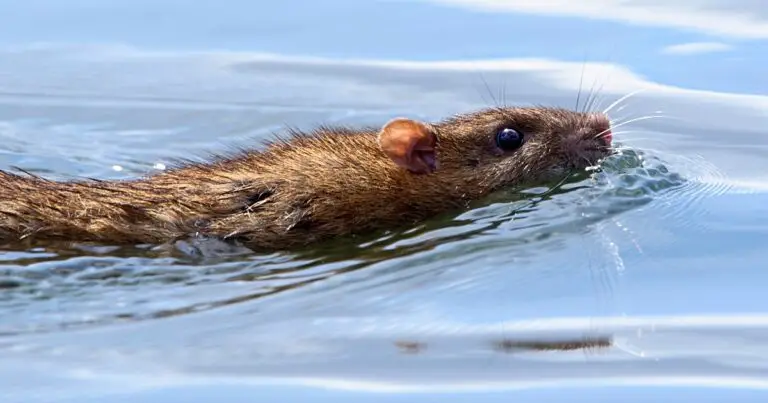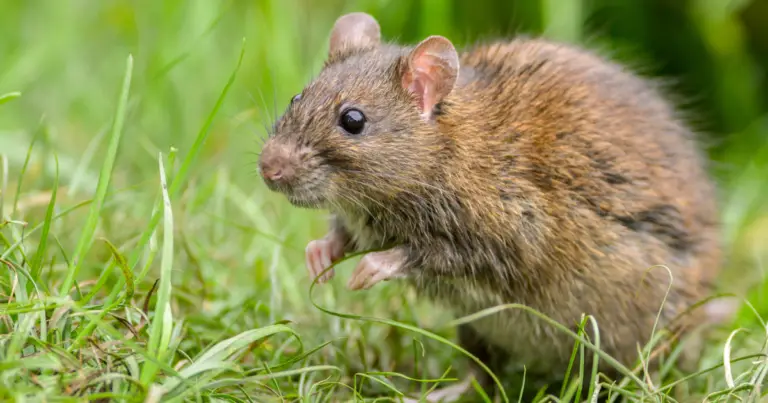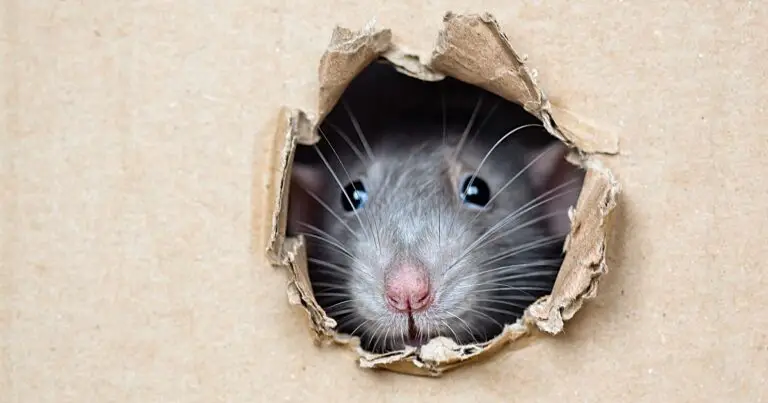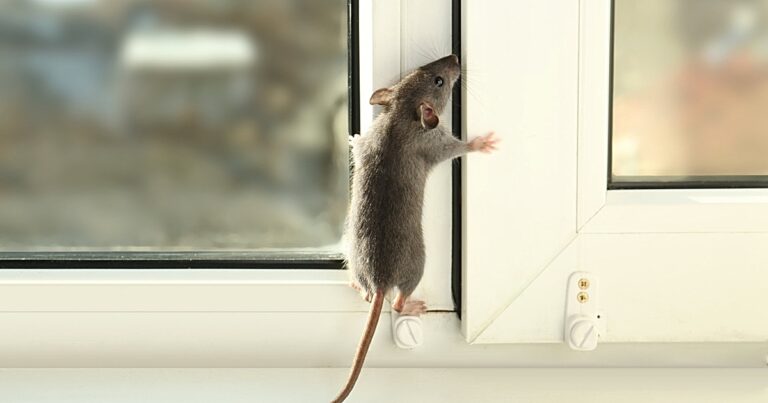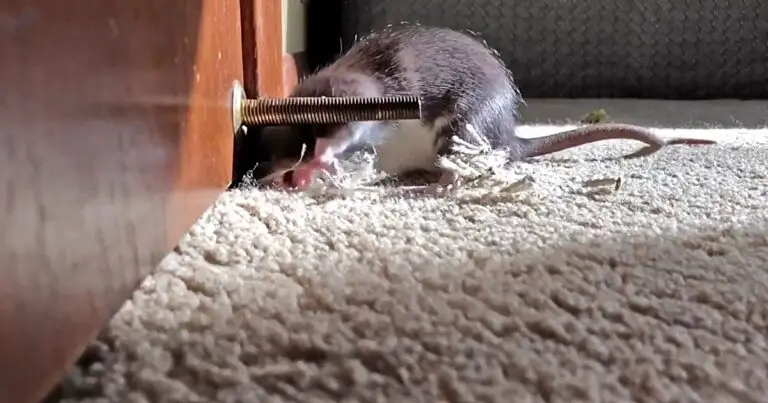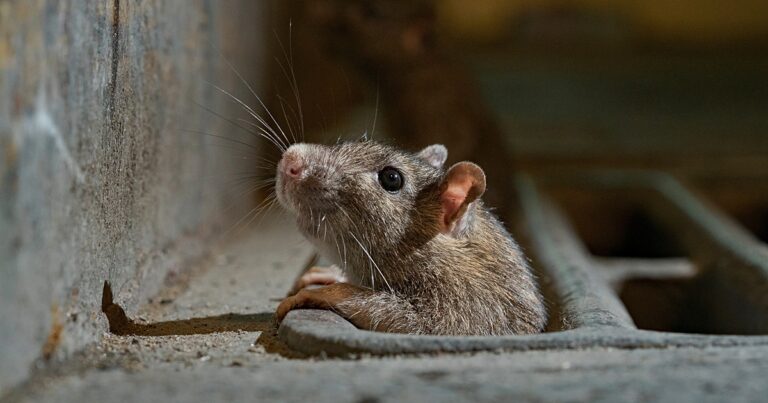Norway Rats: Size, Dangers, and How to Get Rid of Them
Norway rats, also known as brown rats, are one of the most common rat species in the world. These rodents can cause significant damage to property and pose serious health risks to humans and animals. Therefore, it is crucial to control their population and prevent infestations.
In this article, we will discuss the size of Norway rats, their physical characteristics, behavior and habitat, the dangers they pose, and the best methods to get rid of them.
Norway Rat Size and Characteristics
Norway rats, also known as brown rats, are one of the most common rat species found throughout the world. They are believed to have originated in Asia, but have since spread to every continent except Antarctica. In this section, we will discuss the physical description, habitat and behavior, as well as the reproduction and lifespan of Norway rats.
Physical Description
Norway rats are relatively large rodents, with adults typically weighing between 7 and 18 ounces, and measuring between 7 and 10 inches in length. They have a stocky build, with a thick, blunt snout and small ears. Their fur is typically brown or gray in color, with a lighter underbelly.
One key distinguishing feature of Norway rats is their long, scaly tail, which is typically shorter than their body length. Their tails are also thicker at the base than at the tip, and are covered in small, rough scales.
Habitat and Behavior
Norway rats are highly adaptable rodents that can be found in a variety of environments, including urban, suburban, and rural areas. They are typically found living in burrows or nests, which they construct in a variety of locations such as under concrete slabs, in wall voids, or in piles of debris. Norway rats are also known to climb and are strong swimmers, which allows them to access food sources located above or below ground.
In terms of behavior, Norway rats are primarily nocturnal and are most active during the hours of darkness. They are omnivorous and will feed on a wide variety of foods, including grains, fruits, vegetables, and even meat. They are also known to be highly opportunistic and will take advantage of any available food source.
Reproduction and Lifespan
Norway rats are prolific breeders, with females capable of producing up to six litters per year, each containing between 6 and 12 young. The gestation period for Norway rats is typically around 3 weeks, and the young are born blind and hairless. They begin to open their eyes and grow fur after about a week, and are weaned around 3 weeks of age.
The lifespan of a Norway rat is relatively short, with most individuals living for only about a year in the wild. However, under ideal conditions, they can live up to 2-3 years. Despite their short lifespan, Norway rats can reproduce rapidly, which can lead to large infestations if left unchecked.
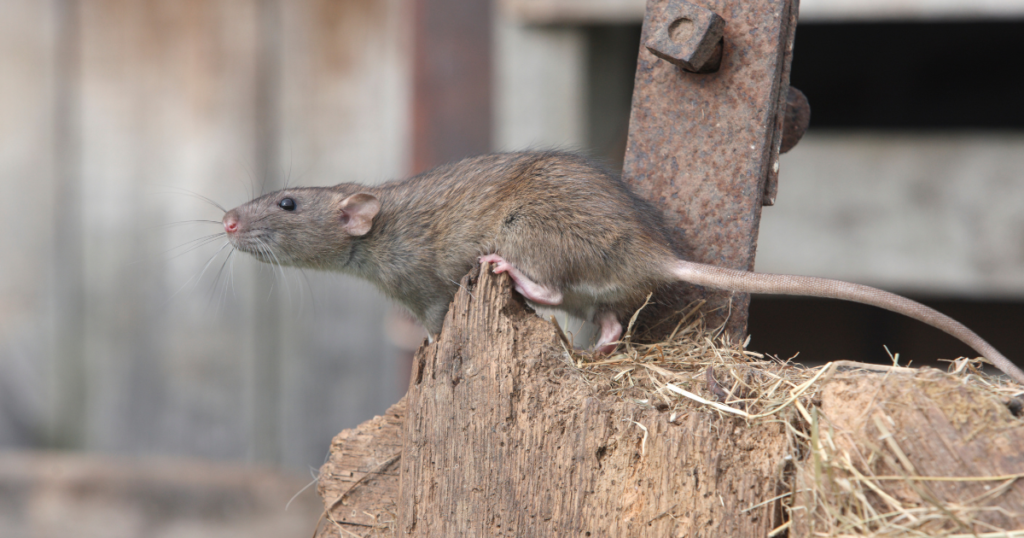
Dangers of Norway Rats
Norway rats may be small in size, but they can pose significant dangers to humans and their surroundings. The risks associated with rat infestations are numerous and cannot be ignored.
Health Risks Associated With Rat Infestations
One of the most significant dangers associated with rat infestations is the transmission of diseases. Rats can carry and transmit numerous diseases to humans through their droppings, urine, and saliva. Some of the most common diseases transmitted by rats include:
- Hantavirus Pulmonary Syndrome: A severe respiratory disease caused by the Hantavirus. Symptoms include fever, muscle aches, and shortness of breath.
- Leptospirosis: A bacterial infection that can cause symptoms ranging from fever and chills to kidney and liver damage.
- Rat-Bite Fever: A bacterial infection that can be transmitted through a rat bite or scratch. Symptoms include fever, rash, and joint pain.
- Salmonellosis: A bacterial infection that can cause symptoms such as diarrhea, fever, and abdominal cramps.
In addition to transmitting diseases, rats can also trigger allergic reactions in humans. Exposure to rat droppings or urine can cause allergic reactions ranging from minor skin irritation to severe respiratory problems.
Property Damage Caused By Norway Rats
Norway rats are notorious for causing significant damage to property. They can gnaw through almost anything, including wood, plastic, and electrical wires. This behavior can lead to serious structural damage to buildings, as well as damage to electrical systems and wiring. If left unchecked, a rat infestation can cause thousands of dollars in damage to a home or building.
Behavioral Patterns of Norway Rats
Norway rats are typically nocturnal and tend to be most active at night. They have excellent hearing and sense of smell, which helps them navigate their surroundings and locate food. They are also excellent swimmers and can easily access homes and buildings through sewer pipes and other small openings.
When it comes to humans and other animals, Norway rats can be aggressive. They will defend their nests and may attack if they feel threatened. They are also known for their nesting and foraging behavior. Norway rats will often create nests in walls, attics, and crawl spaces, and will forage for food in kitchens, pantries, and garbage cans.
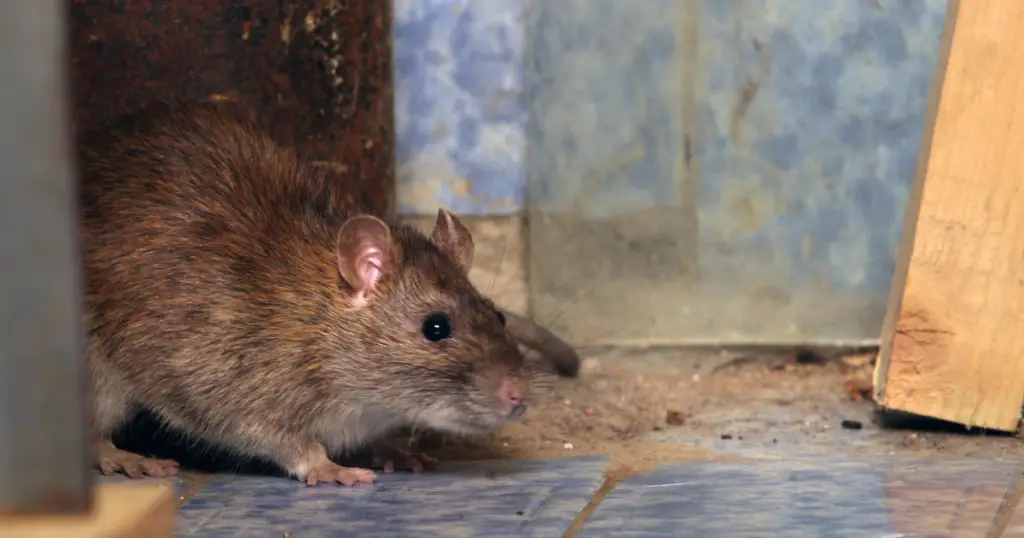
How to Get Rid of Norway Rats
Norway rats can be a nuisance when they infest homes or commercial buildings, causing damage to properties and posing health risks to humans and pets. Fortunately, there are steps that can be taken to prevent and eliminate Norway rat infestations. In this article, we will explore some prevention tips, ways to identify infested areas, and various treatment options to get rid of Norway rats.
Prevention Tips for Avoiding Norway Rat Infestations
Prevention is always better than cure. The best way to control Norway rat populations is to prevent them from entering your property in the first place. Here are some prevention tips to follow:
- Sealing entry points and gaps in buildings: Norway rats can squeeze through small openings, such as gaps around pipes, vents, and cables. Sealing any gaps or cracks in the exterior walls and foundation of the building will reduce the entry points for rats.
- Proper storage and disposal of food waste: Norway rats are attracted to food sources, and garbage provides an easy source of food. Keep food waste in sealed containers, and ensure that trash cans have tight-fitting lids.
- Keeping the surroundings clean: Norway rats are more likely to infest areas that are cluttered, dirty, or untidy. Keeping the surroundings clean and well-maintained will reduce the likelihood of infestations.
Identification of Infested Areas
If you suspect that Norway rats have infested your property, it’s essential to identify the infested areas accurately. Here are some signs to look out for:
Signs of Norway rat activity: Norway rats are nocturnal and usually active during the night. Look out for droppings, gnaw marks, and tracks around your property.
Visual identification of Norway rats: Norway rats have a brown or grayish-brown color, and their bodies are about 7-10 inches long, not including their tail, which can add another 6-8 inches in length.
Treatment Options for Removing Norway Rats
Once you have identified the infested areas, it’s time to take steps to get rid of the Norway rats. Here are some treatment options to consider:
- Electronic traps: These traps use high-voltage shocks to quickly kill Norway rats.
- Glue boards: These are adhesive traps that the rats get stuck on when they walk over them. They can be effective, but they can also be inhumane as the rats may suffer for an extended period of time.
- Ultrasonic devices: These devices emit high-frequency sound waves that are unpleasant to Norway rats, causing them to leave the area. However, their effectiveness is questionable, as rats can quickly adapt to the sound.
- Natural predators: Introducing predators such as cats or dogs into the area can help to naturally control the Norway rat population.
- Exclusion: In addition to sealing entry points, exclusion involves modifying the environment to make it less hospitable for rats. This may include removing clutter, trimming vegetation, and maintaining a clean and dry environment.
- Chemical control: Chemical control involves the use of rodenticides or other chemicals to kill Norway rats. This method should be used with caution, as it can pose risks to humans and other animals.
- Integrated pest management: This approach involves a combination of prevention, identification, and treatment methods tailored to the specific situation. It may involve a combination of traps, exclusion, and other methods to effectively control the Norway rat population.
It is important to note that prevention is key when it comes to avoiding Norway rat infestations. Regular inspections and maintenance of your property, along with proper food storage and disposal practices, can help to keep Norway rats from taking up residence in your home or business. If you do suspect a Norway rat infestation, it is important to take action quickly to prevent property damage and health risks.
Conclusion
Norway rats are a common pest that can pose serious health and property risks if left unchecked. It’s essential to understand their physical characteristics, behavioral patterns, and the dangers associated with infestations to prevent and control their populations effectively. Implementing prevention measures such as sealing entry points and proper food waste disposal can go a long way in avoiding infestations.
In the case of an infestation, it’s crucial to identify the affected areas and choose the most appropriate treatment options, such as traps, baits, and professional extermination services.
Knowing the Norway rat size and how to get rid of Norway rats can ultimately save you from a potential headache and financial burden associated with a severe infestation. So, don’t hesitate to take preventative measures and seek professional help if necessary to keep your property and loved ones safe from these pesky rodents.


